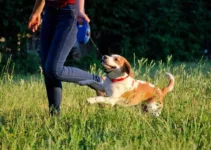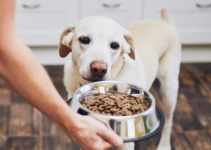Whether it was the loss of a close friend, family member, or cherished pet, sadness and the wave of emotions accompanying it have certainly been felt by all of us as humans. But what about our furry family members? Do they experience the same feelings?
Grief is a common and natural process for both humans and animals. Studies have shown that dogs can feel the loss of a close canine companion or their owner. Unlike humans, who go through five grieving stages: denial, anger, bargaining, sadness, and eventually acceptance, dogs express their emotional turmoil differently.
Some dogs might not seem to realize that the deceased is gone, while others might show strong signs of grief. Below we have listed ten dog behavioral patterns that indicate your companion is grieving.
10 Symptoms That Your Dog May Be Grieving
1. Lack of appetite

Source: webbox.co.uk
One common sign that your dog might be suffering is a loss of appetite. Most dogs show little or zero interest in food when they are ill or suffering. If prolonged, your pet can experience significant weight loss.
- Care tip: Pet foods with strong aromas or reheating the food to intensify the scent will help stimulate their senses. Providing smaller servings could also encourage your dog to eat more.
2. Lethargy
Another typical symptom and dog behavior before dying is lethargy. A dog will typically sleep more and show less interest in going for walks or engaging in regular activities like playing with their toys, etc.
- Care tip: Support your canine friend by giving them more dog beds or cozy spots to sit around the house, along with their favorite blankets and toys.
3. Isolation
Other indications that a dog is dying include social withdrawal from people or other animals or an extraordinary increase in neediness or clinginess.
- Care tip: When your dog appears to be seeking isolation, respect their right to privacy and approach them cautiously and calmly. Give them that additional attention and care.
4. Poor coordination
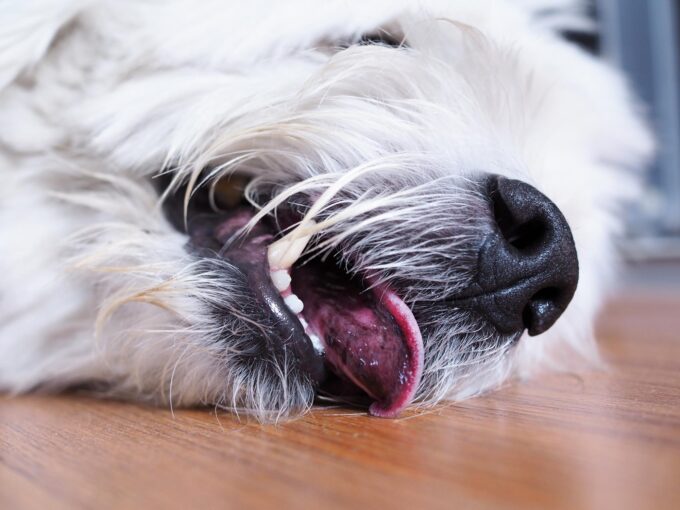
Source: dbtrading.es
Senior dogs frequently experience decreased mobility and poor coordination when nearing death. Changes often start slowly, like walking instead of running, before becoming worse, like stumbling while walking and slipping on surfaces other than carpet. They may also face difficulty in climbing stairs or jumping on furniture. If not treated, decreased mobility can sometimes lead to arthritis or impaired vision.
- Care tip: To make things easier for your dog, place their food and water bowls close to their bed. Pet socks are wonderful ways to keep your dog from slipping on surfaces.
5. Incontinence
Another common sign of aging dogs approaching death is losing control of their bladder, often known as Incontinence. Some dogs may urinate or defecate while they are asleep, while others may spill urine or even pee while wandering around seemingly unnoticed.
- Care tip: Be compassionate and do not shout at your dog for these disruptions; doing so will make him feel worse. Medication and more regular outside excursions can both be beneficial.
6. Abnormal breathing
Sometimes, dogs who are nearing the end of their lives have irregular or heavy breathing. Your dog may breathe very slowly or very quickly, and they typically do so with their mouths open.
- Care tip: Call your vet immediately if you notice any abnormal fluctuations in your dog’s respiratory rate, even when he is at rest.
7. Irritability
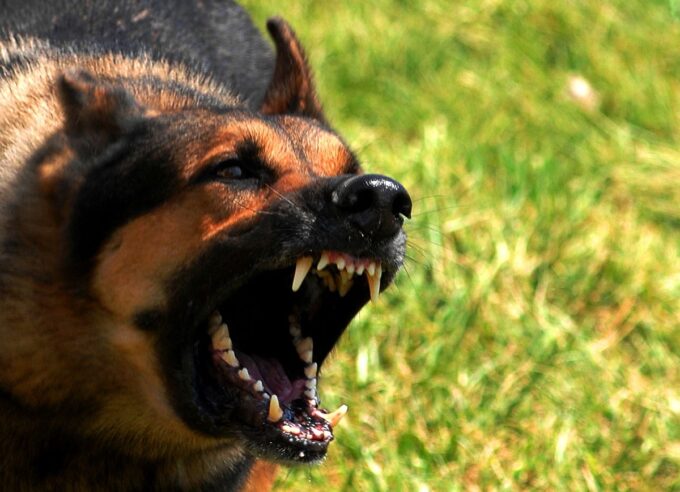
Source: en.wikipedia.org
Your dog could get highly irritable as his life nears completion. He might abruptly snap, lose his cool over something he used to endure or growl recklessly. This is frequently an emotional response to pain or fear.
- Care tip: Be kind to your dog and provide him with extra comfort. Take him to places he enjoys visiting, like a garden maybe.
8. Seizures
Some dogs who are towards the end of their life may experience seizures due to kidney failure or brain issues. Seizures that happen in a series of clusters or last longer than 10 minutes are critical.
- Care tip: Speak with your veterinarian about potential underlying diseases and available treatments.
9. Irregular body temperature
Dogs who are ill, aged, or dying are more likely to become hot or cold and frequently struggle to control their body temperature. When your dog gets too hot, its gums will turn a bright red, which is frequently a sign of heatstroke.
- Care tip: During summers, make sure your dog has a shady place to sleep and drinks plenty of water. Give your dog a cozy bed and a warm blanket to sleep in winter.
10. Dehydration
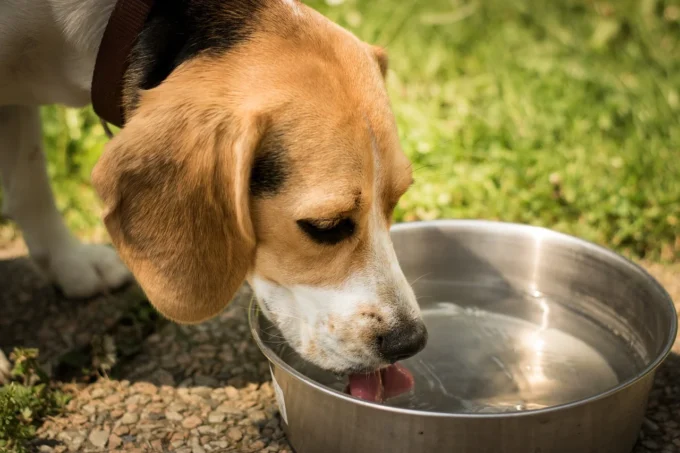
Source: vets-now.com
If your dog has lost interest in its water bowl, it may be an indication that your furry angel is suffering. Lack of water leads to weak metabolism, and they start feeling less energetic.
- Care tip: Add a little water to their meal or try feeding them with canned food. Sometimes, you might need to use an oral syringe or squirt bottle to give your dog water.
Paying Respectful Tribute To Your Pets
Nobody likes to bid goodbye to their pet, which brings forth an abundance of happiness and love. But death is inevitable, and so is the loss associated with it. Even though you might miss having them around, you can still hold them dear to your heart and in your memory. Your pet’s cremated remains can be utilized in various ways to create a beautiful and long-lasting memorial.
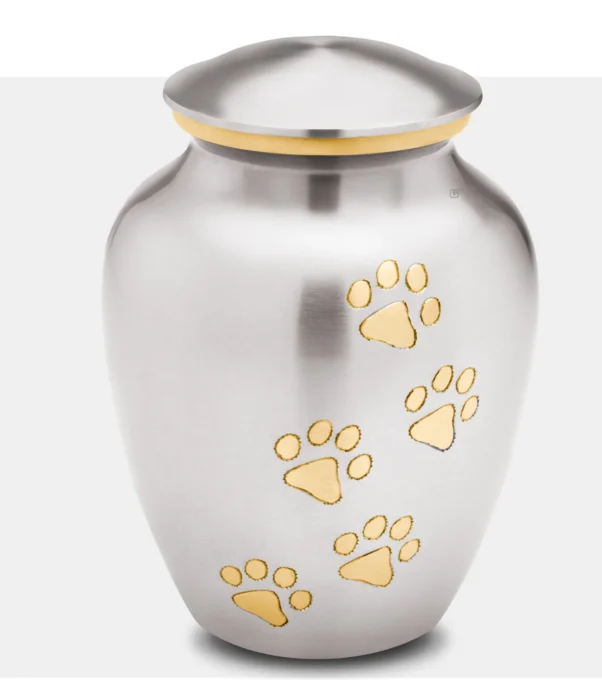
-
Dog cremation urns
One of the best ways to preserve your pet’s ashes at home is with pet cremation urns. These cremation urns may accommodate large to small amounts of cremated ashes and are available in a range of colors, sizes, and styles. You can also have a paw print on these urns or have your dog’s photo imprinted to make it more memorable.
-
Dog cremation jewelry
Another meaningful option is making a piece of jewelry out of your pet’s ashes. A small amount of your pet’s cremated ashes can be deposited into a compartment of cremation jewelry, such as a bracelet, charm, ring, locket, or keychain. You can always keep your pet close to your heart by wearing dog cremation Jewelry that contains a piece of it.
Conclusion
Pets like cats and dogs are members of the family and deserve a respected, heartfelt tribute when they leave the physical realm. Whether you choose to keep your dog’s ashes in pet cremation urns or make jewelry out of them, your furry little angel will rest in peace, knowing that you still love them.




